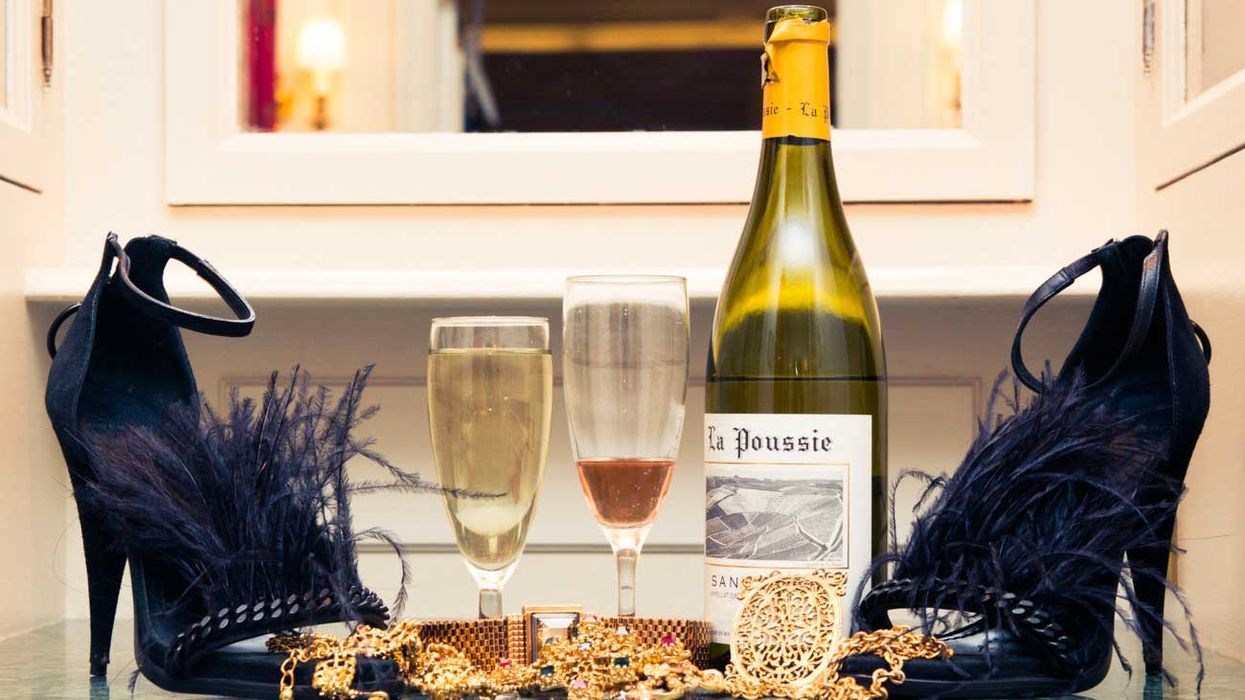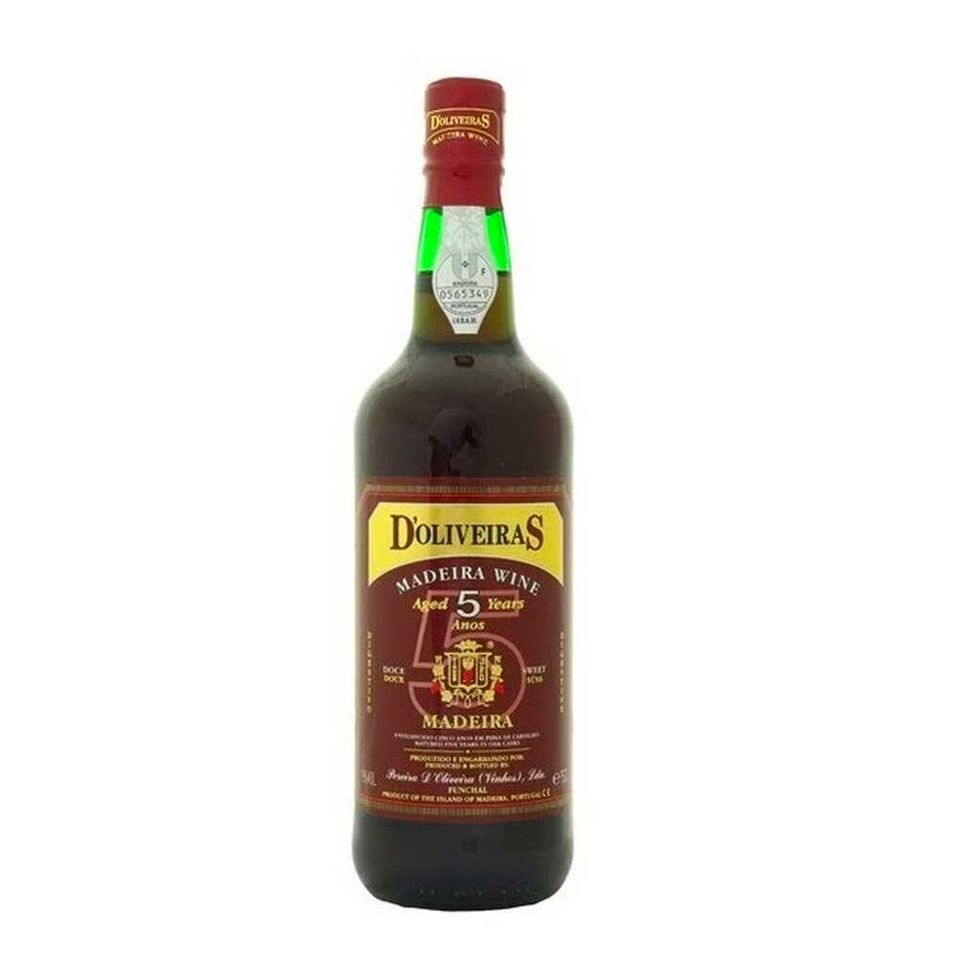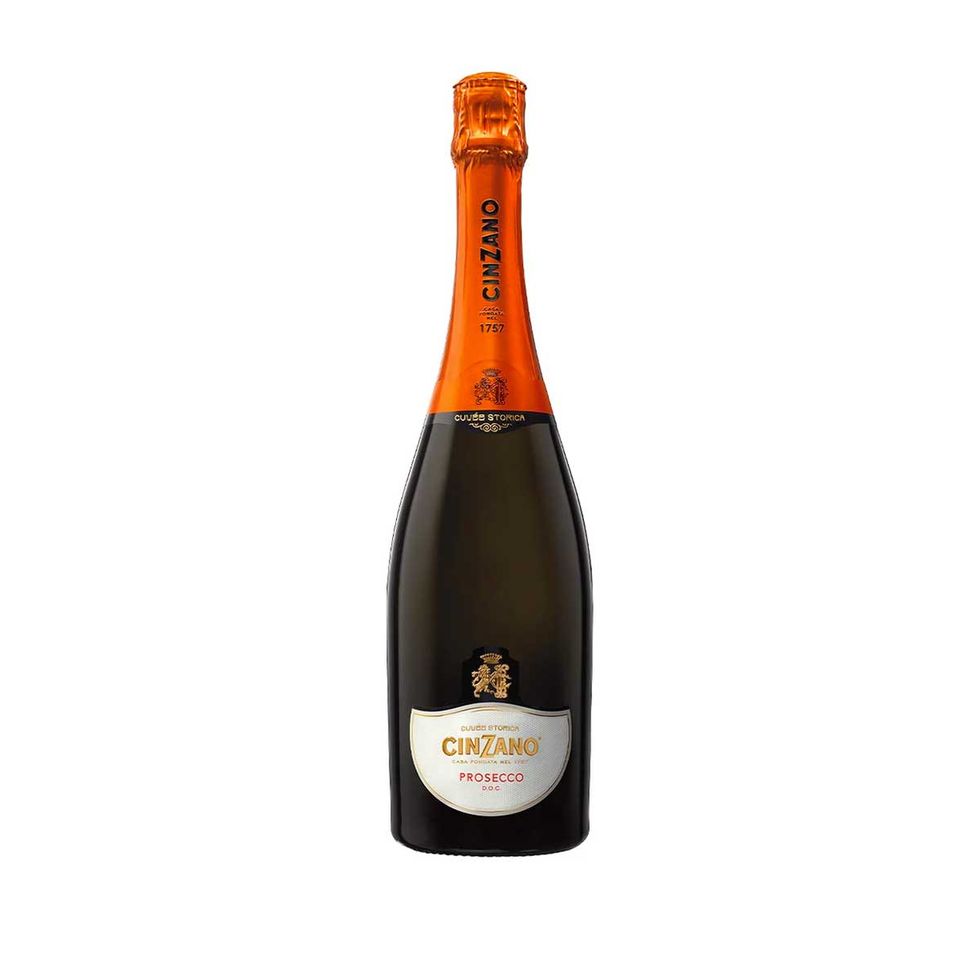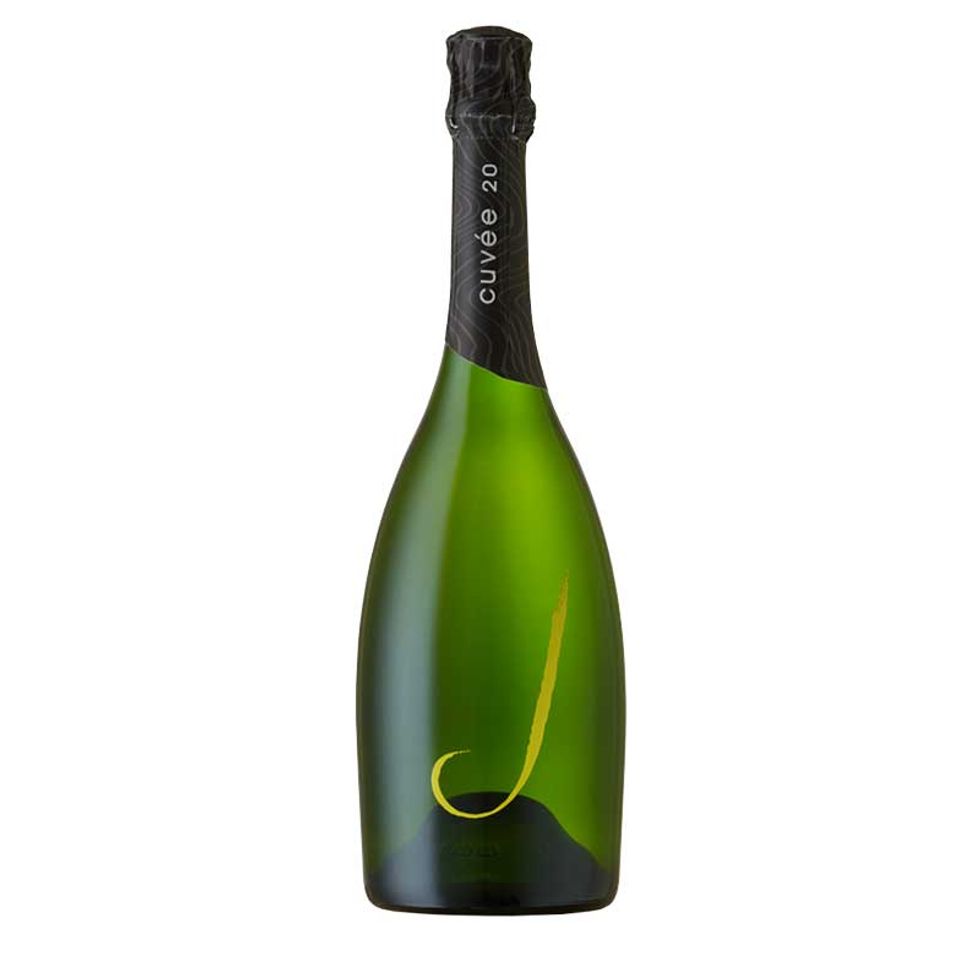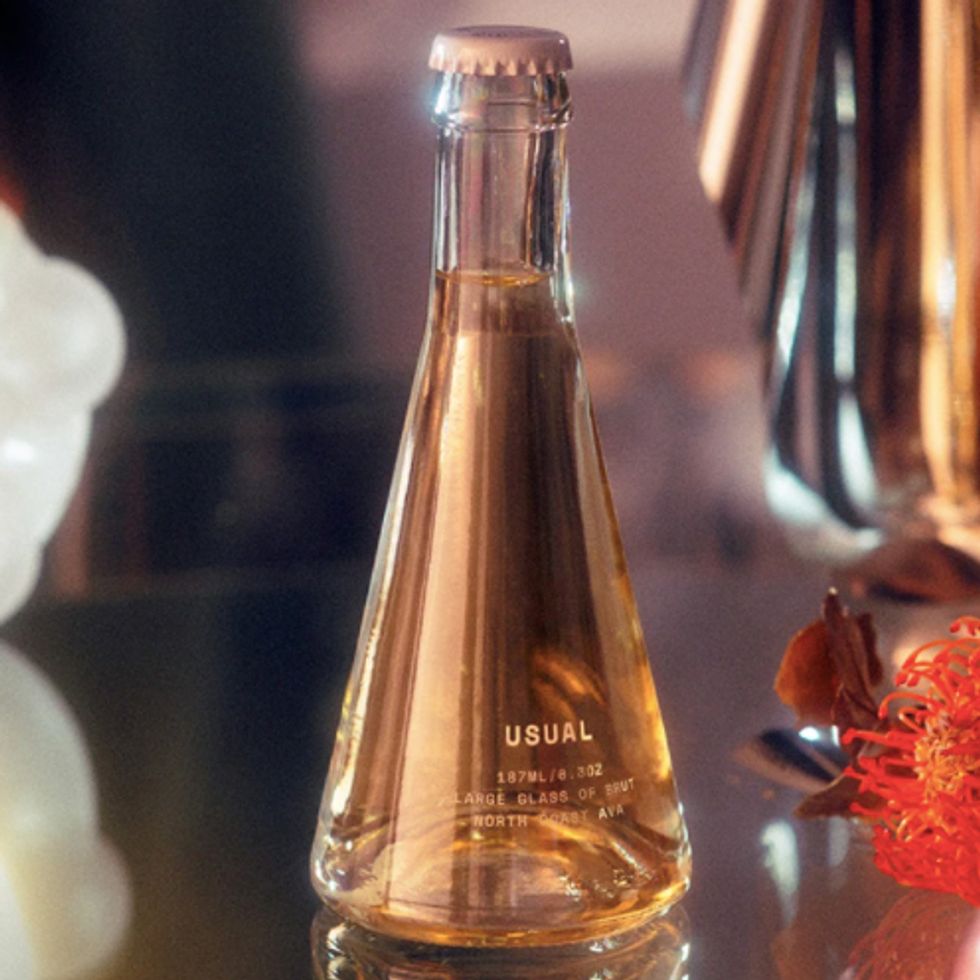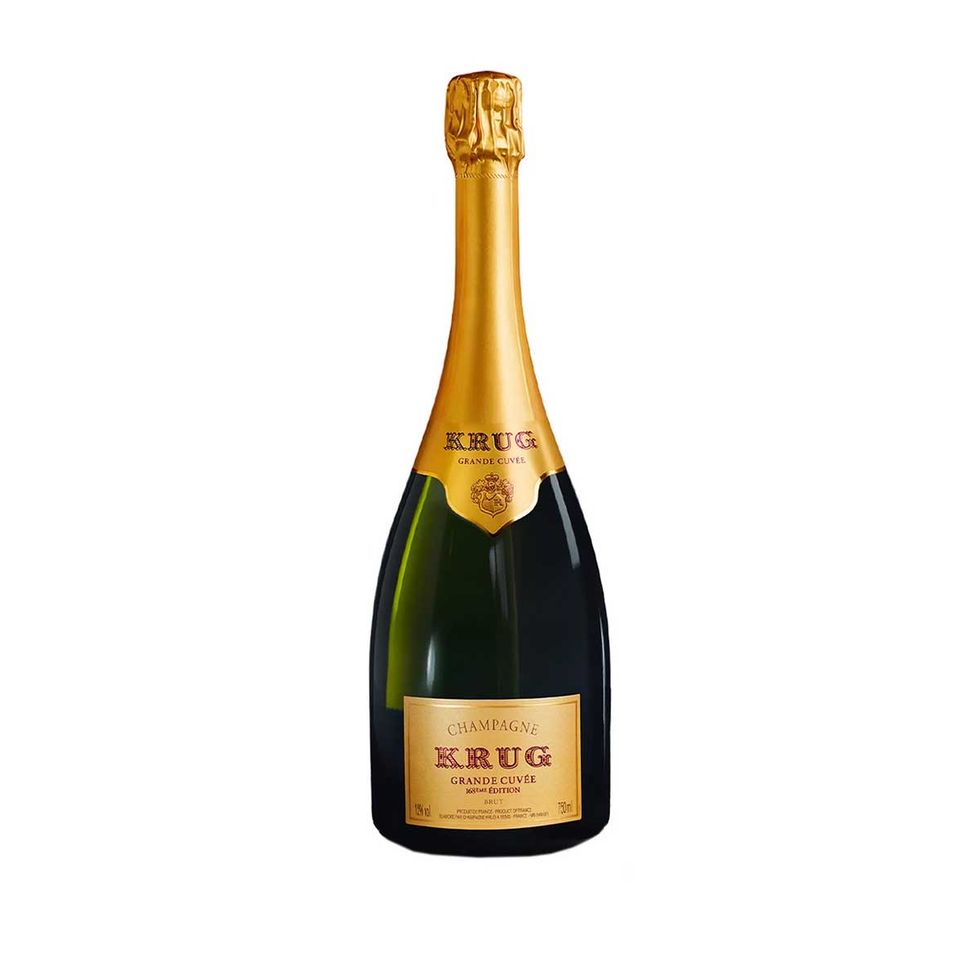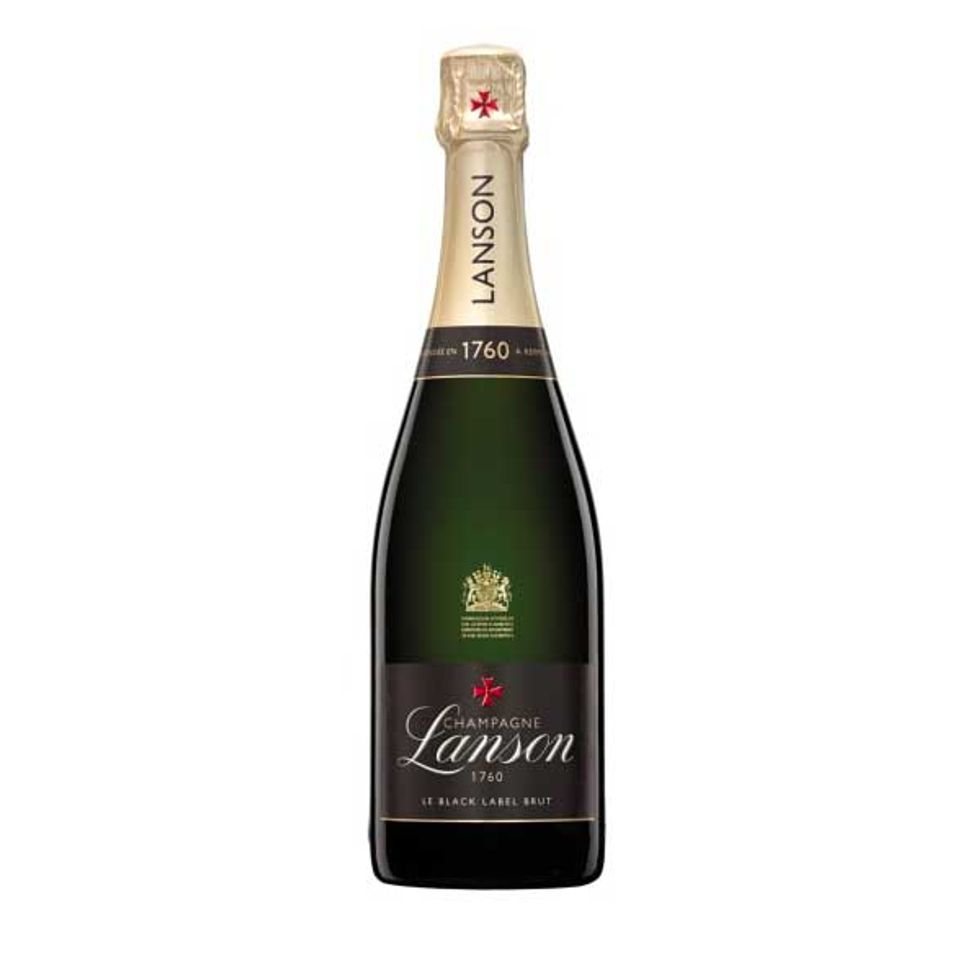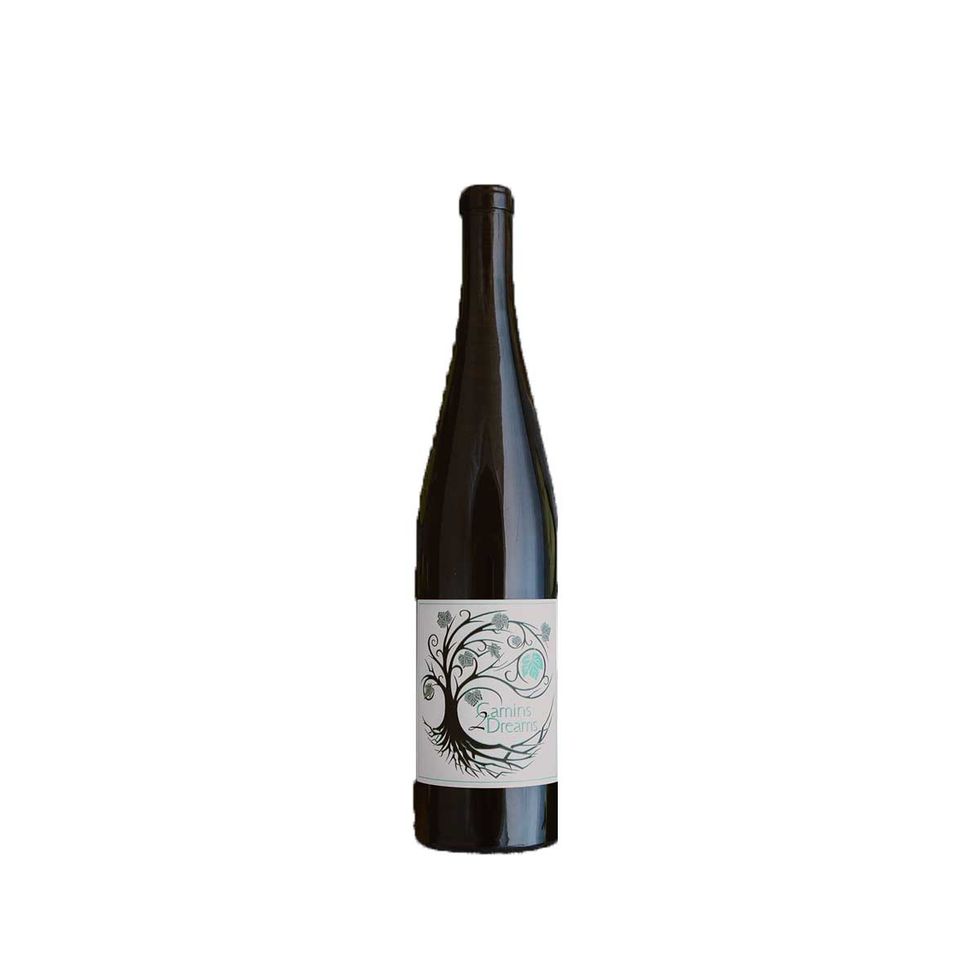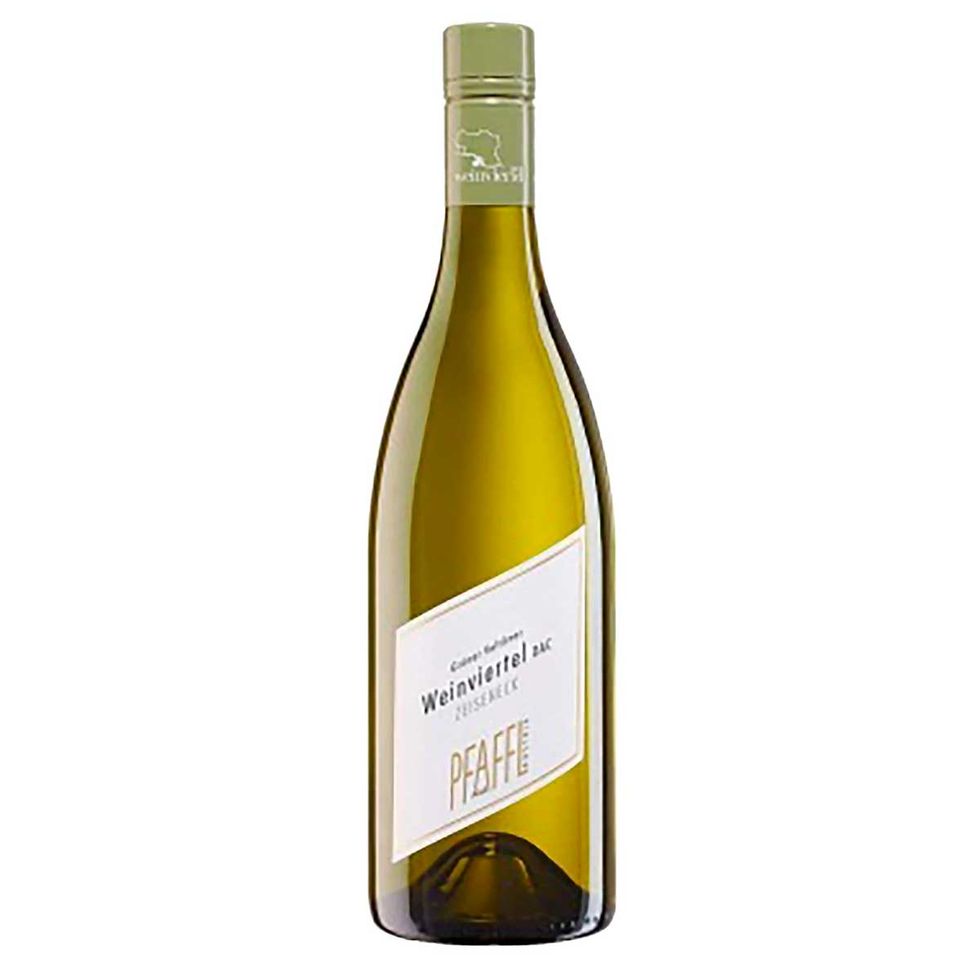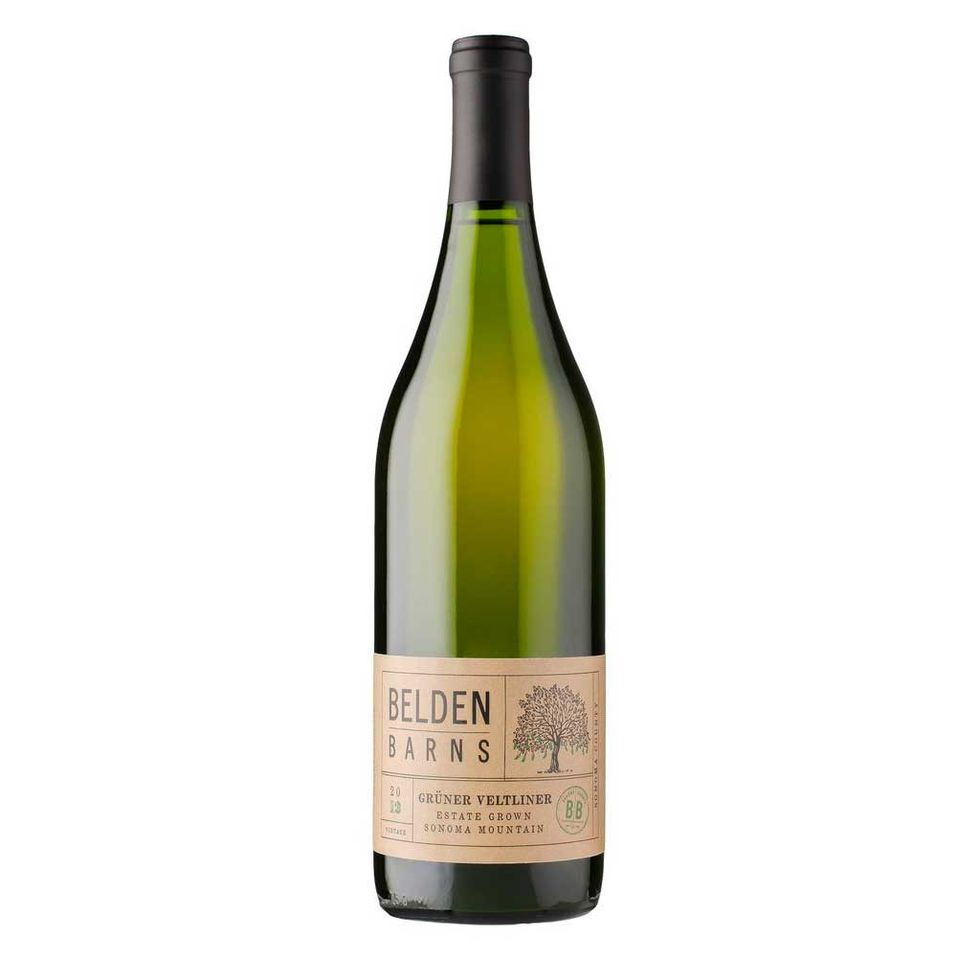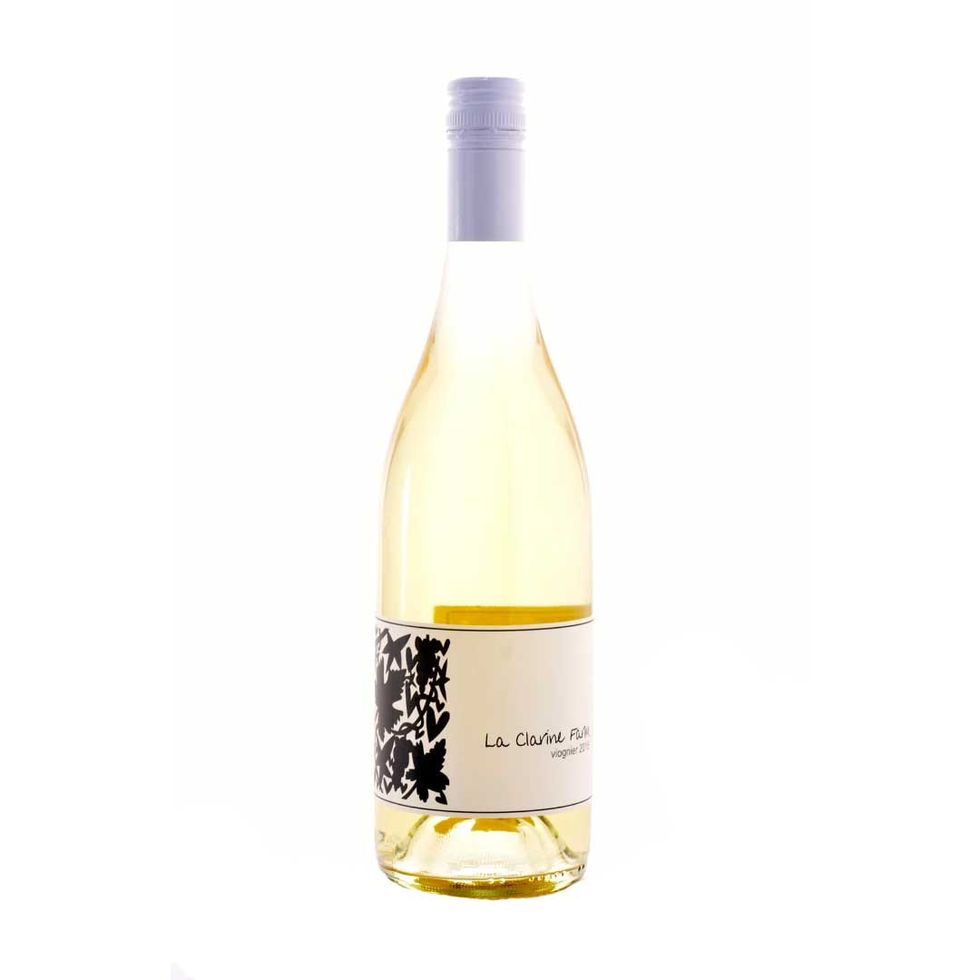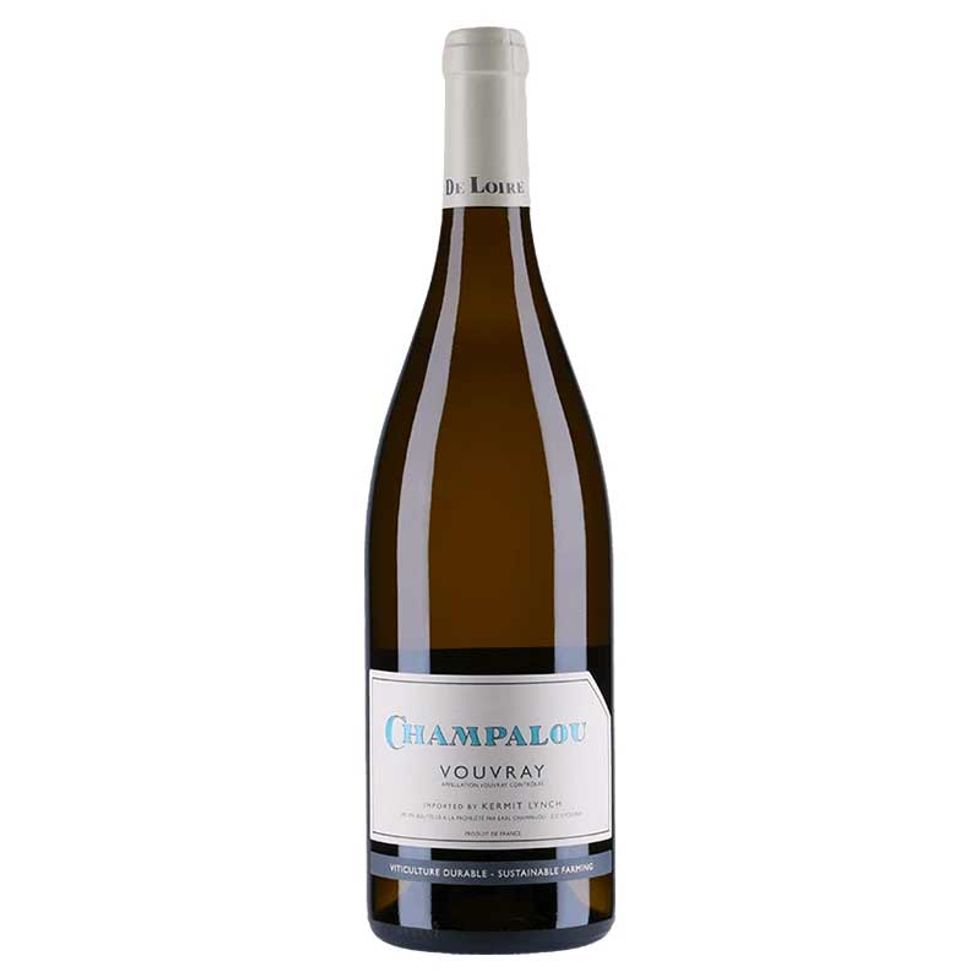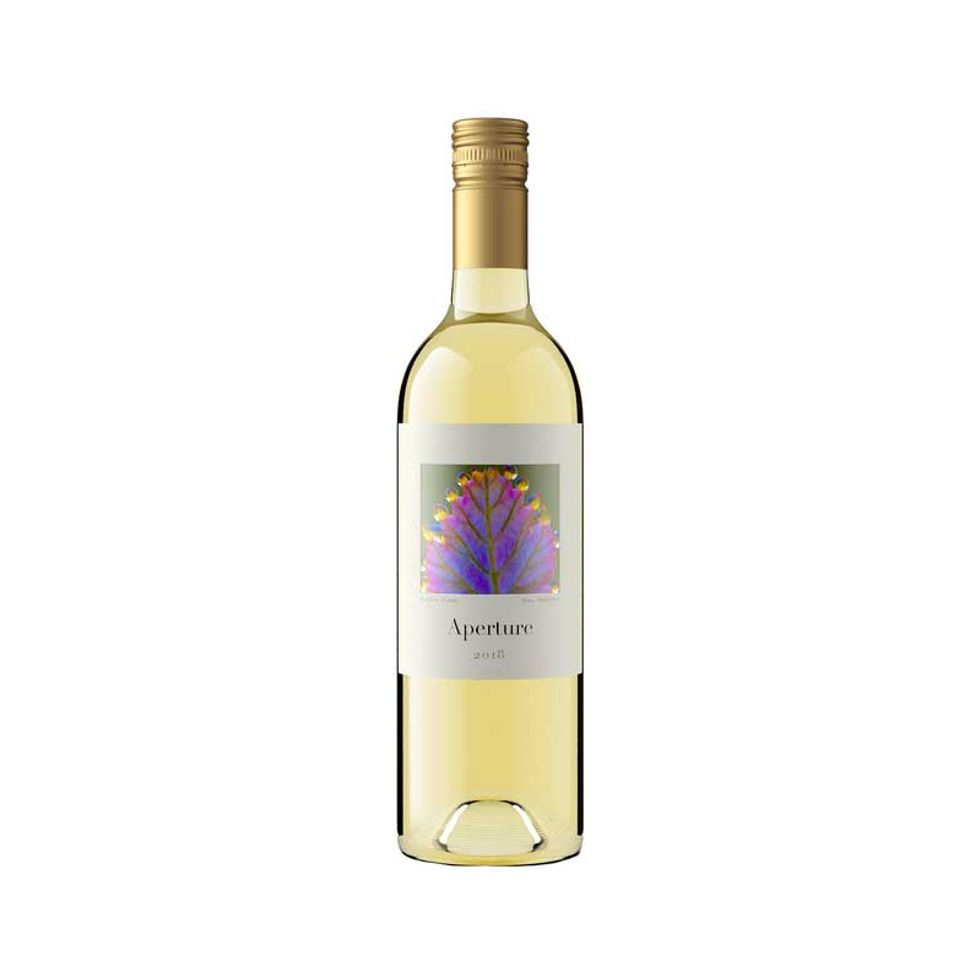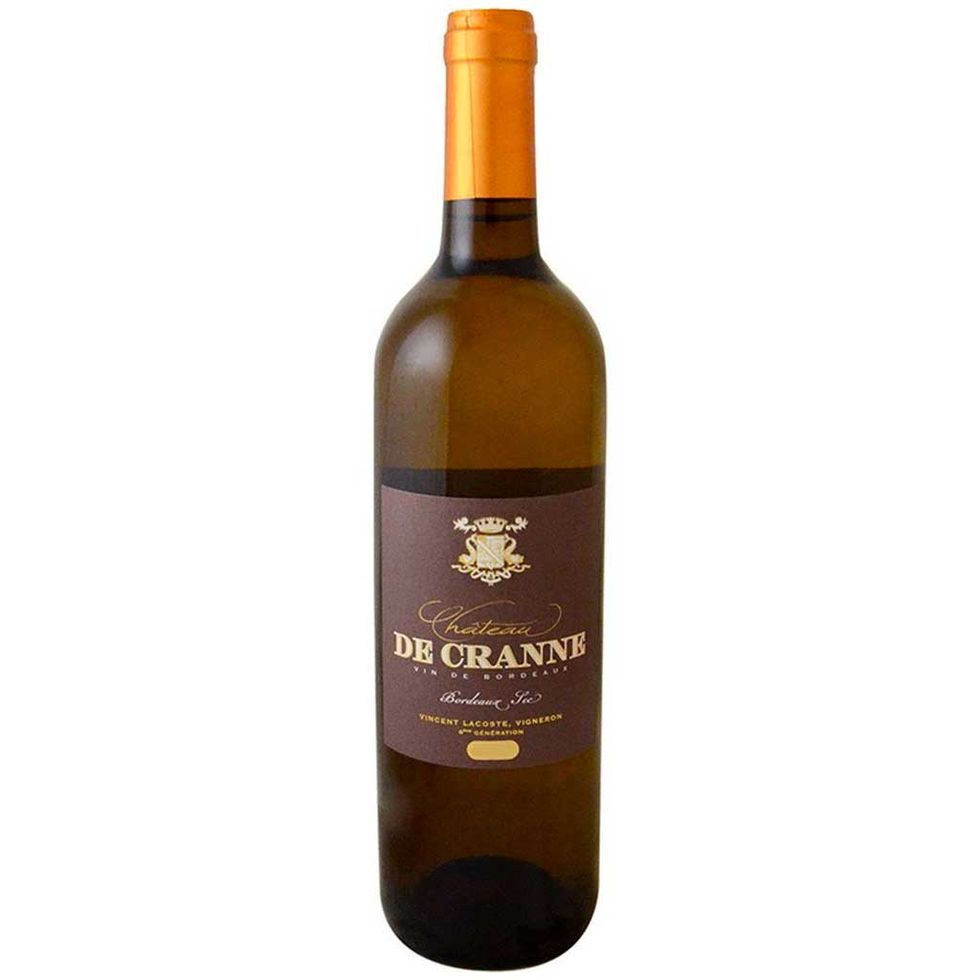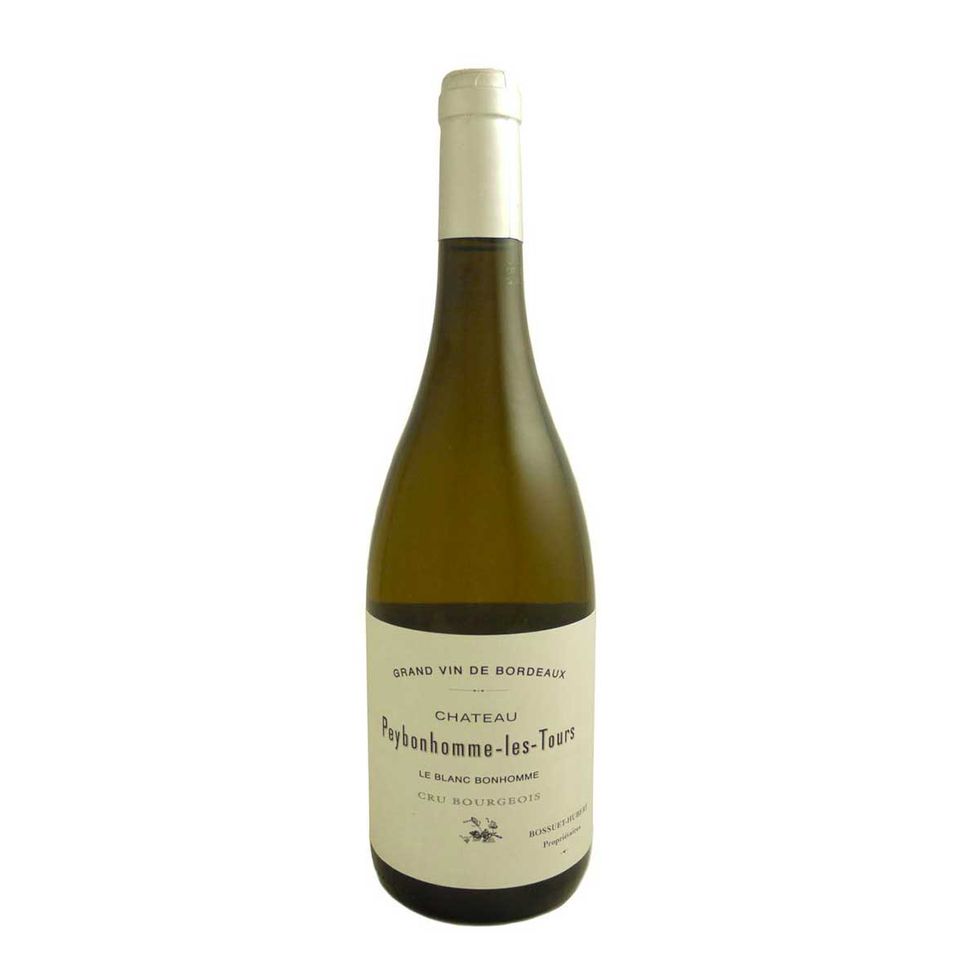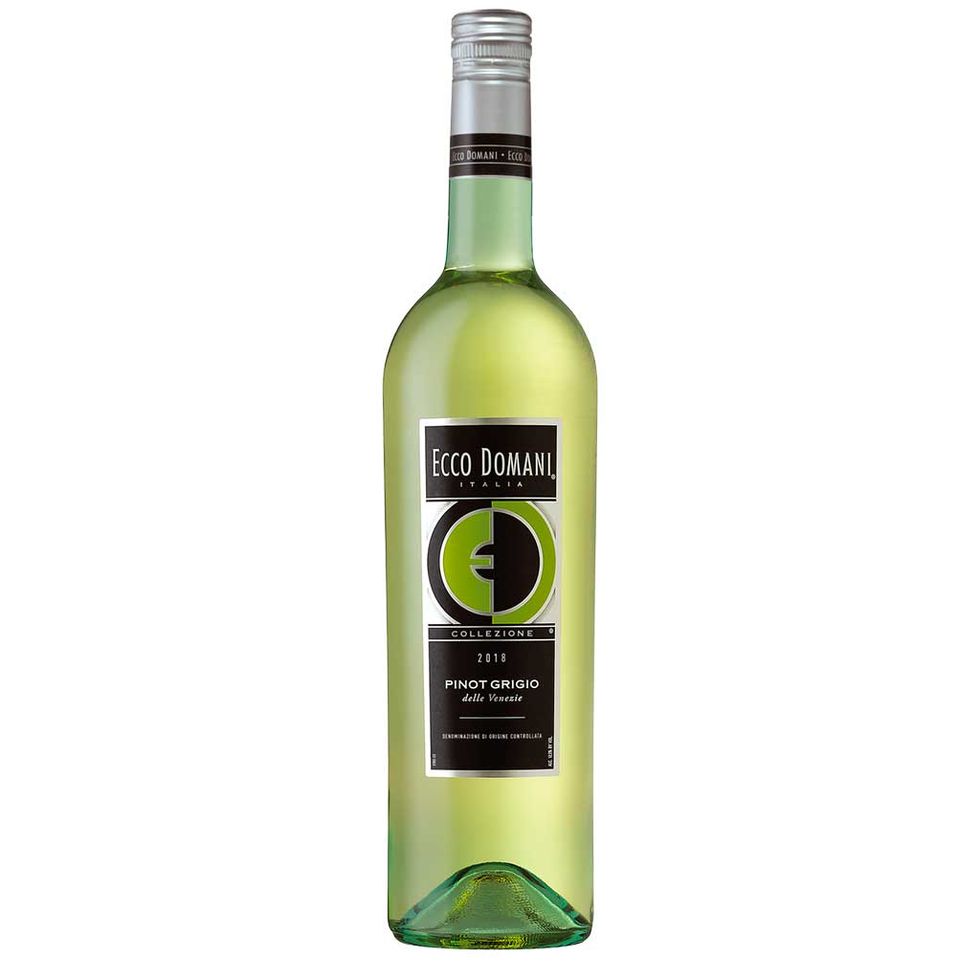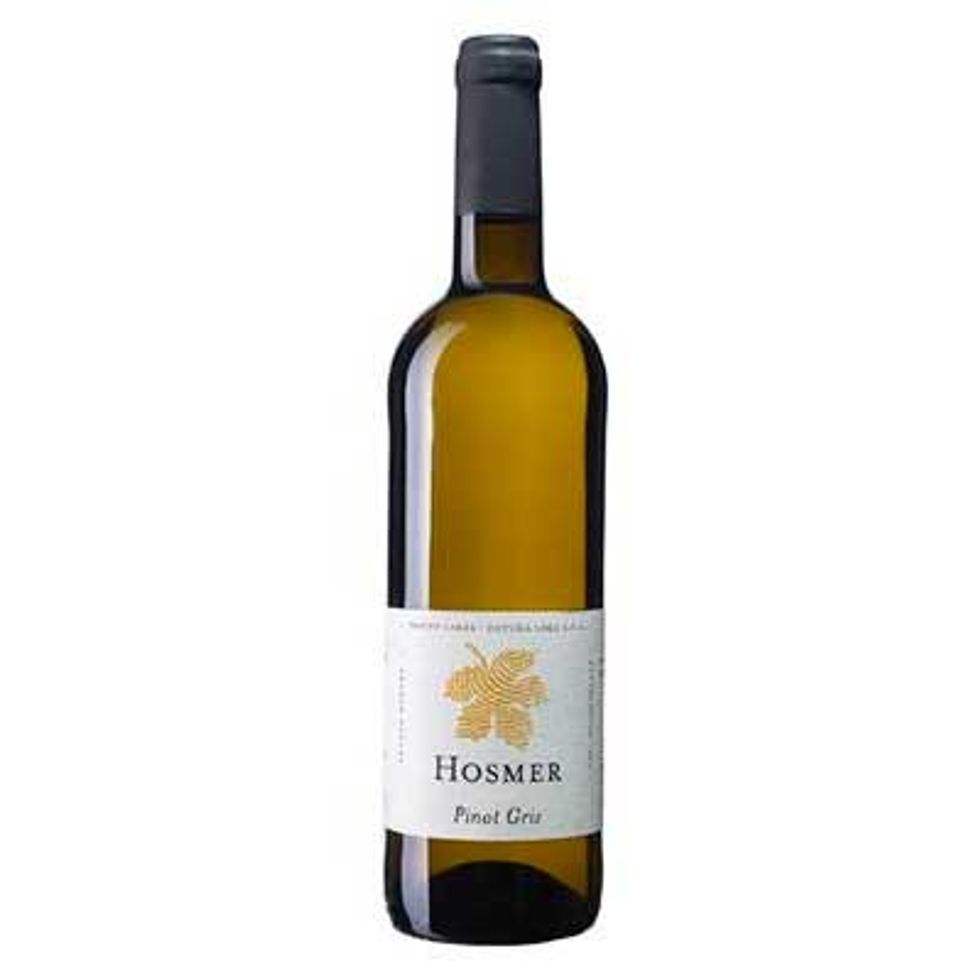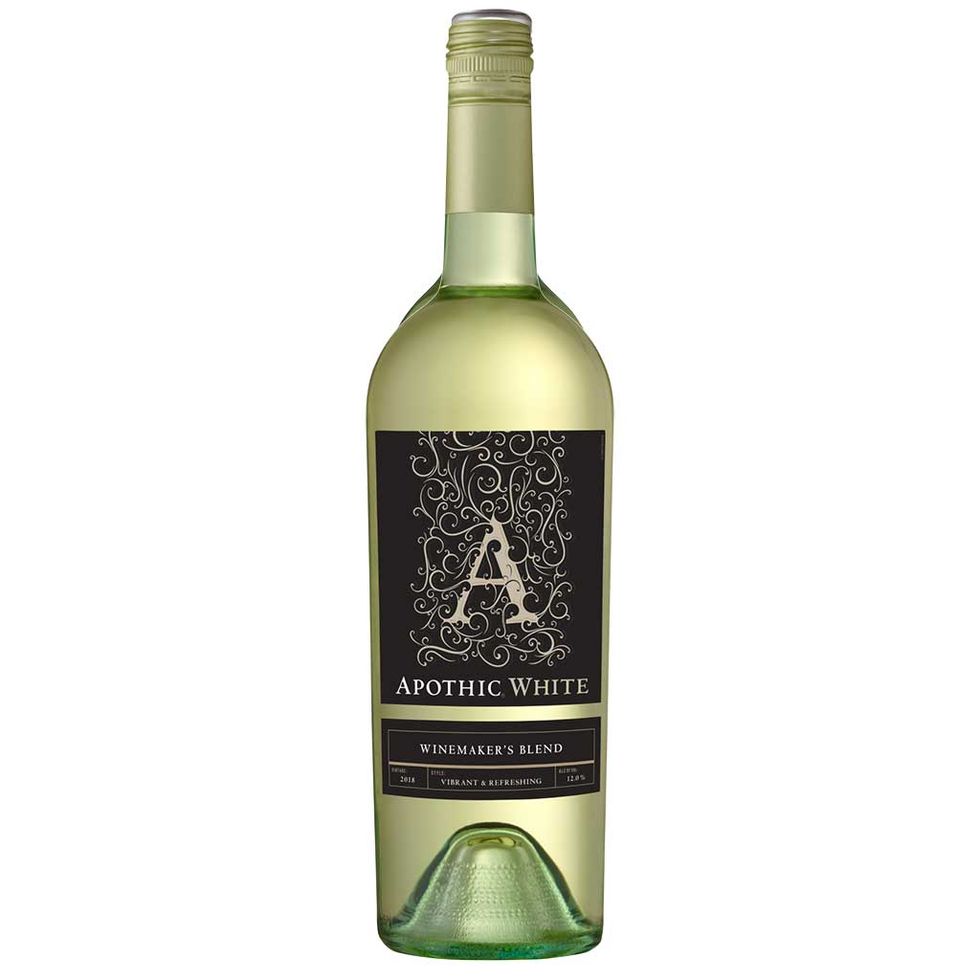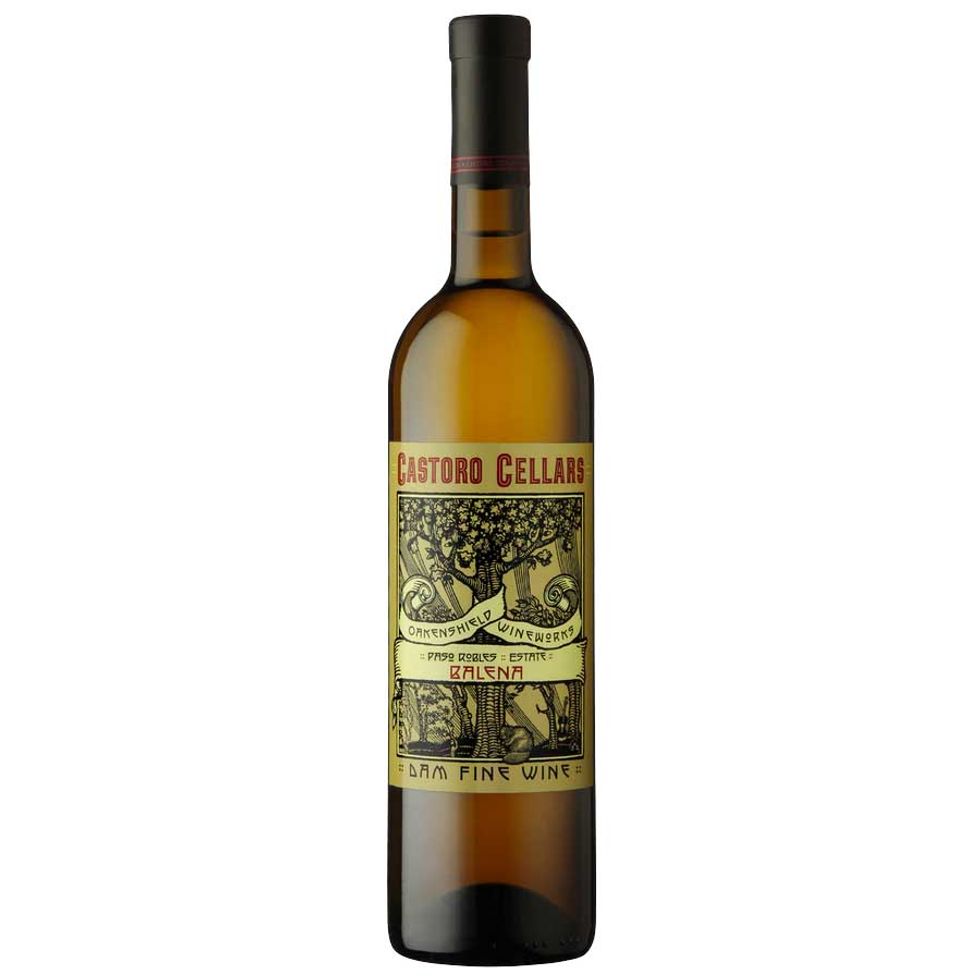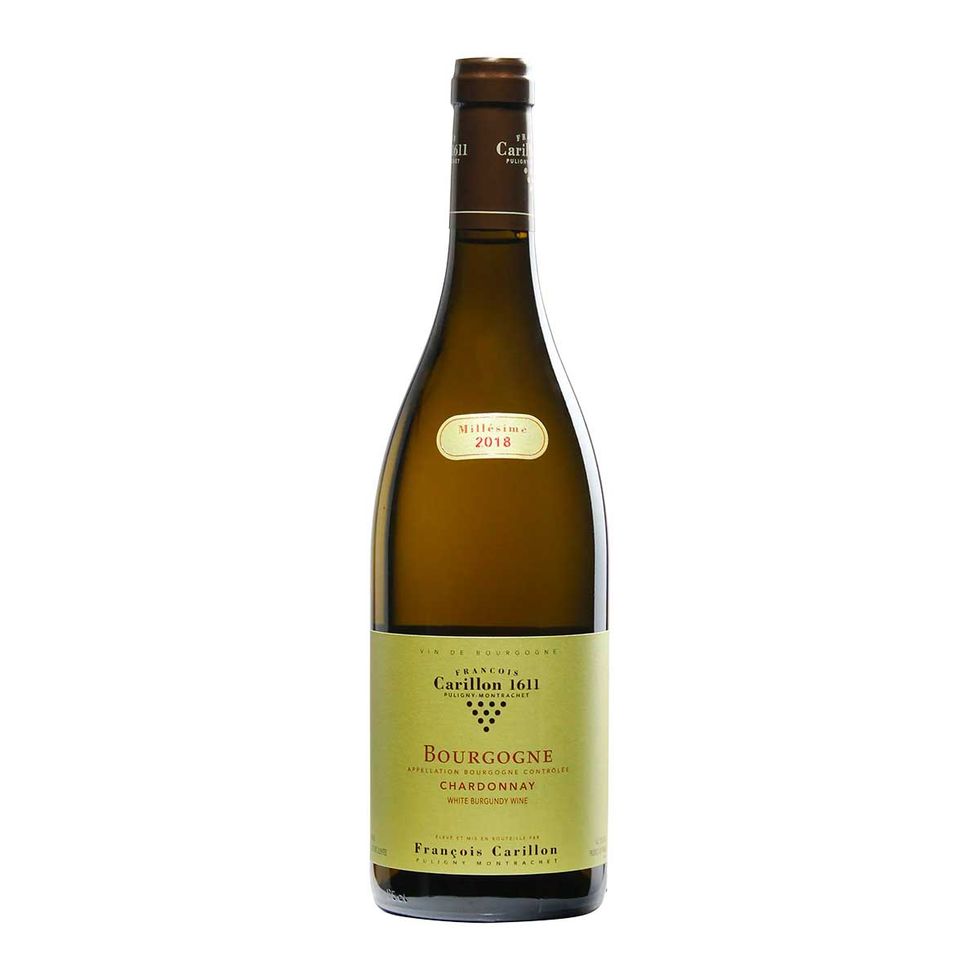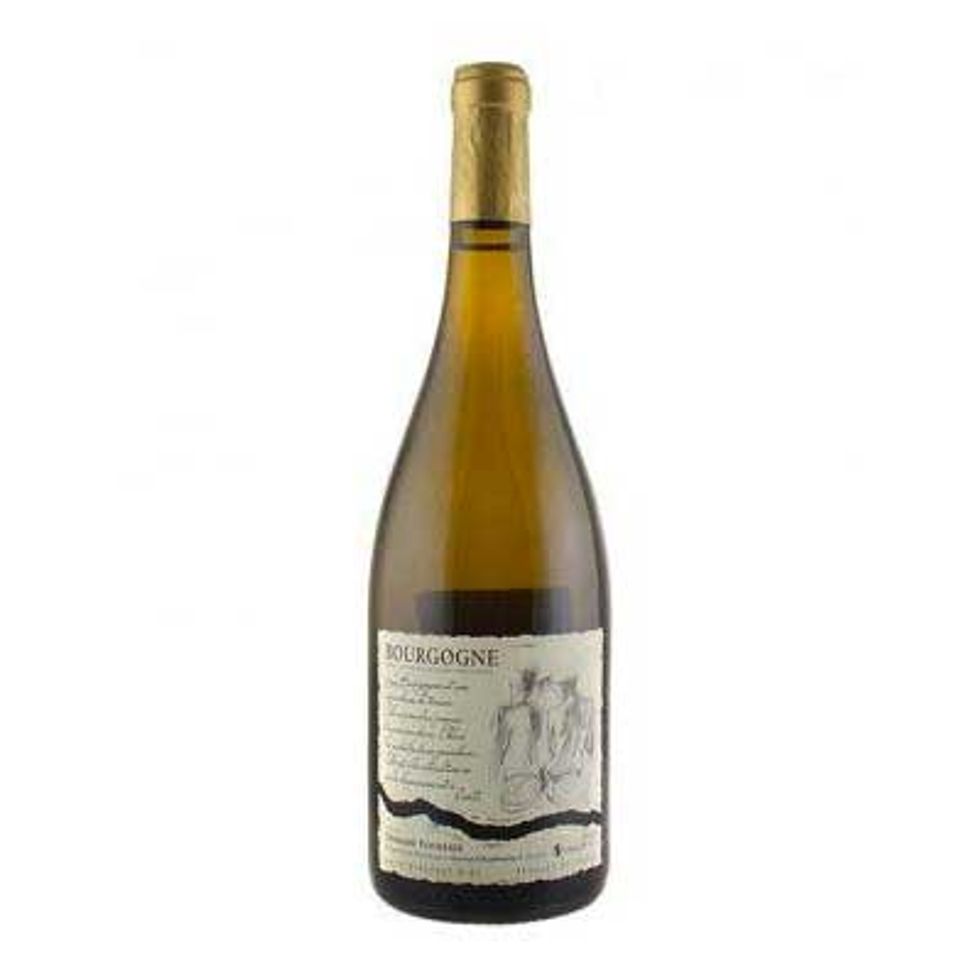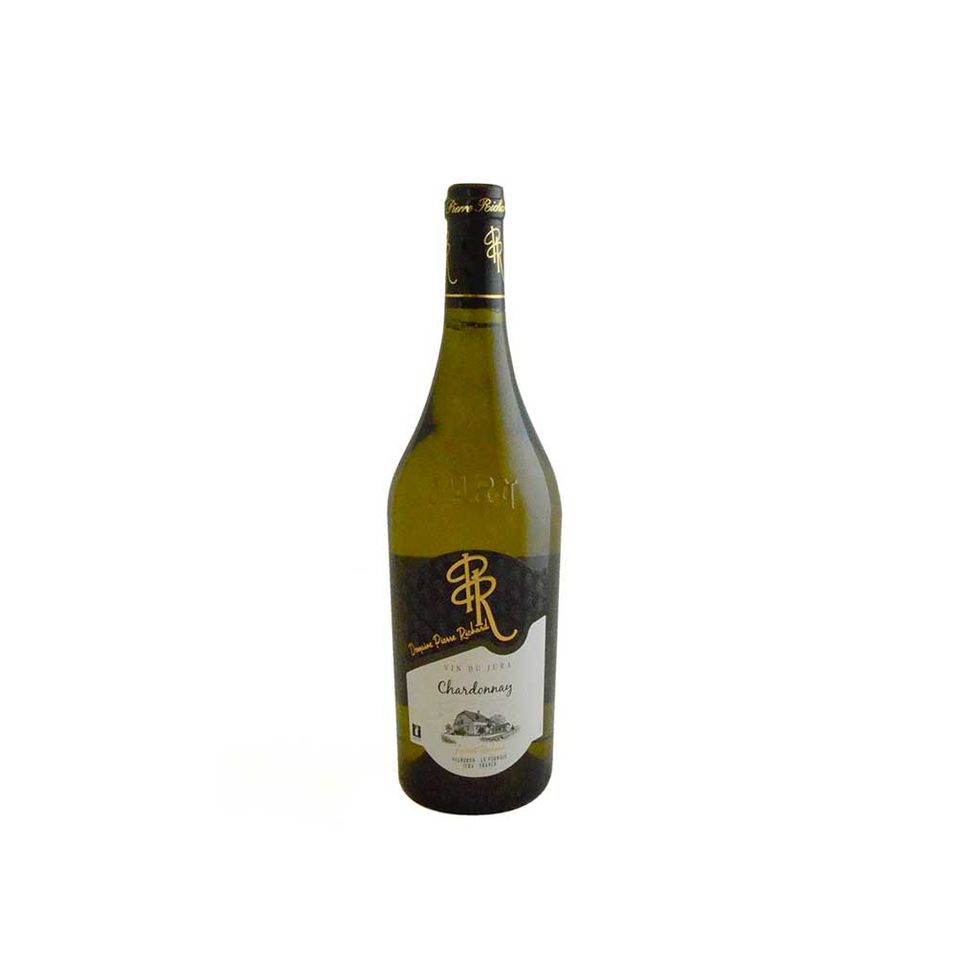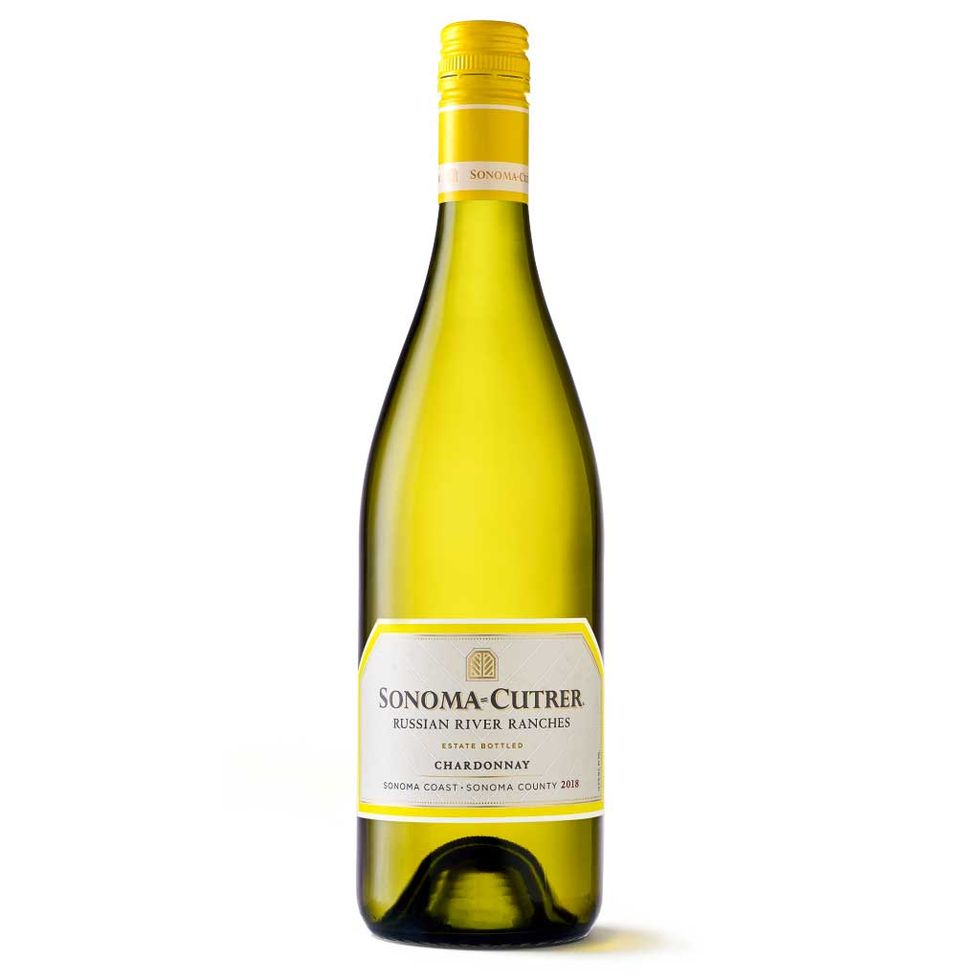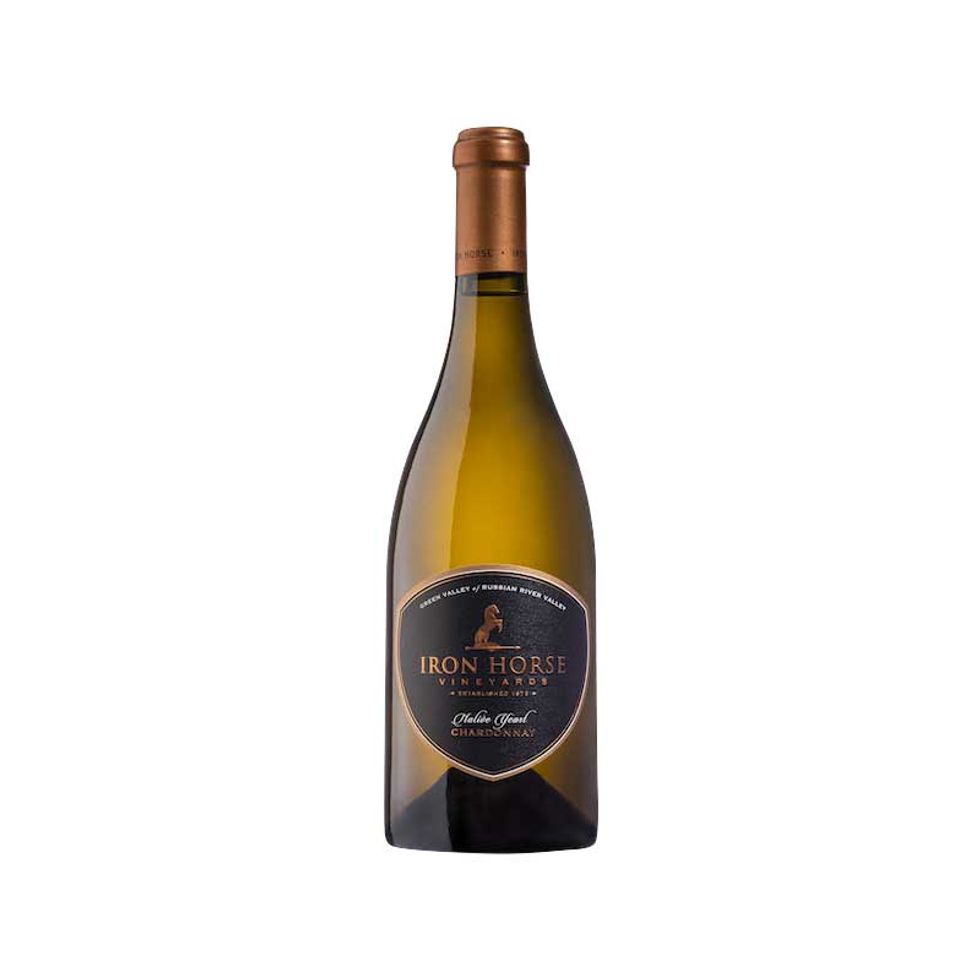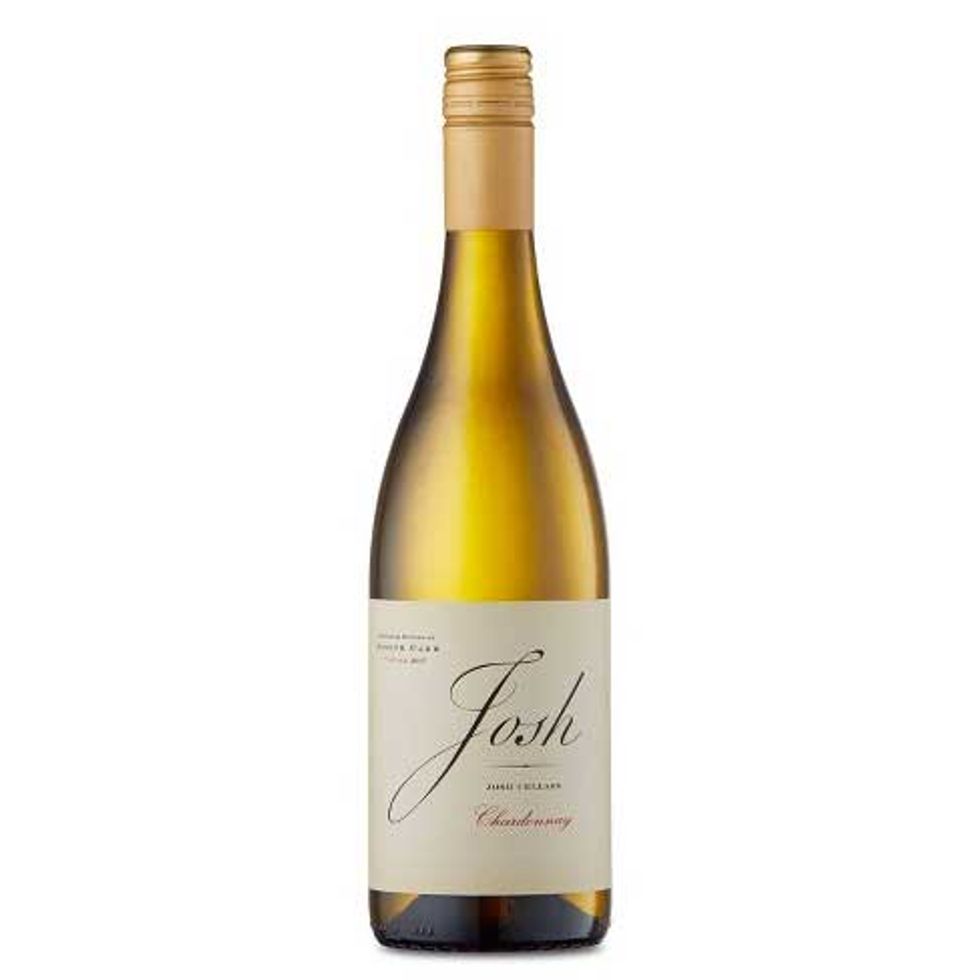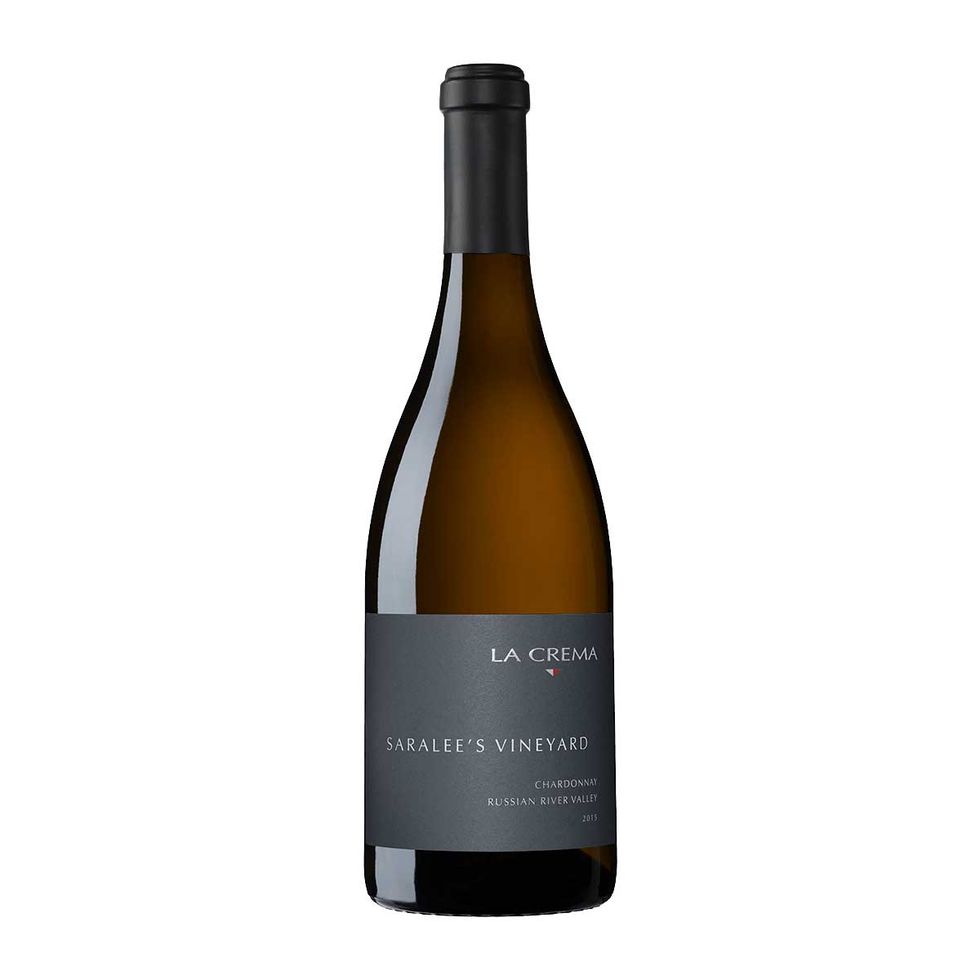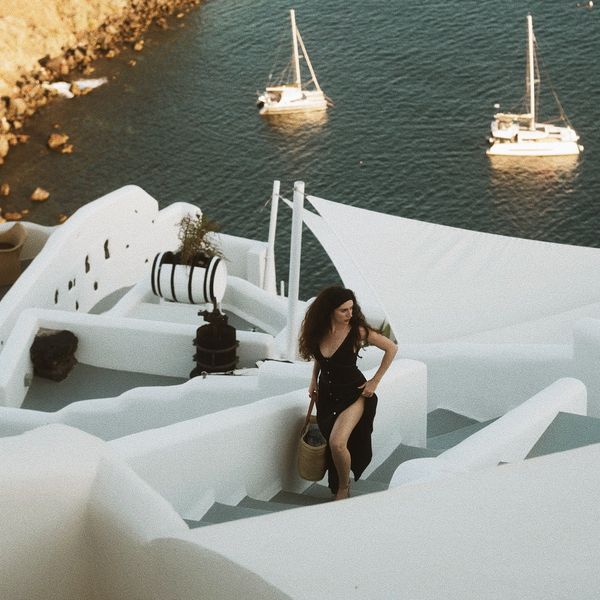There’s a bevy of wine recommendations ahead, so we’ll get straight to the point—despite your inclinations to only drink red wine in the winter, there are far too many fantastic white wine styles and grape varietals to miss out on during the colder months. Wine experts all agree that frigid temperatures and white wine can play together nicely. Ahead, find out the best white wines to sip while the weather’s still chilly.
Fortified White Wines
Madeira
Wine is categorized as either still, sparkling, or fortified (examples of the latter being port and sherry and characterized by high alcohol). “I always lean towards fortified wines to ‘fortify’ oneself for the colder months,” director of beverage and partner at Cote, Victoria James, says. “Crisp and refreshing wines are great for warm weather, but with a bit of chill in the air, you need something a touch stronger. The extra alcohol that is added either pre-, during, or post-fermentation of the grape juice allows for a heartier wine that goes especially well with winter fare.”
One of her top picks is Madeira, a fortified wine named after the Portuguese island it’s made on. “With Cote New York right now, one of our classic pairings is the marinated short ribs, Galbi, with Madeira; the result is an umami-sweet dream,” she shares. “Whether dry or sweet, fortified wines have so much more concentration and flavor that you only need a small copita or glass to go with your whole meal.” Editor’s Note: Though Madeira can be made with white grape varietals like Verdelho and Sercial, the color typically leans toward amber.
D’Oliveiras

The Rare Wine Co.

Valdespino
Sparkling White Wines
Brut
Sparkling wines have celebratory connotations, and though the dead of winter during a pandemic may not seem like the best time to pop bubbles—who’s stopping you? “I love sparkling wines in the winter! They’re light and refreshing, which stands up to the heavier and richer dishes I find myself preparing during the colder months,” co-founder of Nora the agency, Ariyana Hernandez, says. Her pick for the winter months is Usual’s Brut. “Every time I drink a glass of bubbly, it feels slightly celebratory, which is a great feeling after a busy day.” For J Vineyards & Winery head winemaker Nicole Hitchcock, a cold-weather brut offers the opportunity to reflect. “I think part of what makes it such a great choice for winter is that it’s a season for raising a glass in celebration of the past and to the fresh new year ahead,” she says. Their Cuvée 20 boasts brightness and creaminess that “complements wintertime and the bigger, richer meals of the season.”
Prosecco
Italy’s sparkling superstar—Prosecco—is not just suitable for warm summer days, it’s also a winter MVP. “Prosecco is best served chilled in a fluted glass for aperitivo hour or your next winter dinner party, paired alongside rich, hearty seasonal dishes,” Daniel Warrilow says. He’s the Italian portfolio ambassador for Campari America and is sipping Cinzano Prosecco right now, a bottle that offers a sweet aroma followed by a crisp and effervescent finish. Marissa Ledbetter-Foster, the vice president of operations at Vino Farms, also thinks sparkling makes winter feel more festive. “Most people drink it only for special occasions and holidays, but these days, every day is a special occasion,” she says.
Cinzano

Balletto Vineyards

J Vineyards & Winery

Usual

Krug

Lanson
Still White Wines
Grüner Veltliner
Expect bright acidity from a pour of Grüner Veltliner, a white grape variety that’s found in Austria. “This wine boasts beautiful and charming fragrances of black pepper accompanied by citrus and field herbs, juicy and crisp on the palate,” certified sommelier and Vino Concierge founder Lydia Richards says. She and Rachel Thralls (also a certified sommelier and the owner of FitSomm Rachel) both agree: This wine goes great with spicy Asian dishes. “Grüner pairs well with Asian-Fusion food with mild spice, such as Thai and Indian food. A warm vegetable Thai curry warms you up in the winter with a perfectly paired glass of Grüner,” Thralls says. California winemaker at Camins 2 Dreams Tara Gomez suggests serving your glass of wintry Grüner at around 45–55 degrees Fahrenheit. “It allows the aromas to open up and shine,” she says. If you need more food pairing ideas, Gomez points to “lobster bisque, lamb stew, or any vegetable cream. It can also pair well with a chicken roast or pork belly.”
Camins 2 Dreams

Pfaffl

Belden Barns
Viognier
Viognier is a white grape variety that is found in the Rhône region of France but is also grown in other areas, including California. “Viognier helps remind you that spring is around the corner with bright orange blossom and apricot aromas followed by a juicy entry that is balanced with delightful natural acidity,” Andrea Card shares. She’s the director of winemaking at Francis Ford Coppola Winery and recommends their Viognier, whose grapes are sourced from the Russian River Valley in Sonoma County. “Winter is a time for reflection, and you can get lost in the heady aromas and luscious flavors of this wine. Pair a glass of rich Viognier with a warm bowl of roasted butternut squash bisque as the perfect balance between warm winter needs and springtime dreams.”
Francis Coppola Reserve

Logan

La Clarine Farm
Chenin Blanc
Chenin Blanc can be made in California, China, France, South Africa, Washington State, and even Texas—it’s an adaptable grape. “I love Chenin in the winter. It’s always bright and crisp and sometimes a little funky like the weather,” sommelier and T S Restaurants wine director Jimmy Chavez says. “You can find some really great examples, both domestic and import, for around $20.” His food pairing pick? A delicious winter salad. Winemaker Jesse Katz of Aperture Cellars also nods to Chenin Blanc’s crispness as a key reason to sip. “I made our Aperture Chenin Blanc with the thought of pairing it with seafood. The floral, tropical notes of the varietal are a great foil to spicy seafood stews or delicate, simple preparations of lighter fish and crab.”
Notary Public

Champalou

Aperture
Bordeaux Blanc
A Bordeaux Blanc is a go-to winter wine for Richards. “These dry white wines have a full body and luscious honey, fruit, and floral flavors, beautiful oily texture on the palate from the Semillon, and refreshing acidity from the Sauvignon Blanc—it is the perfect balance,” she explains. Sip on its own or pair with butternut squash, richer fishes, chicken, or pork. If your interest is piqued, follow her important tip: “I tend to look for offerings from top Sauternes producers, the famous sweet botrytized wine made in the region; more often than not they will use the same top-quality Sauternes offerings to produce their dry whites.”
Chateau Rieussec

Chateau de Cranne

Chateau Peybonhomme-Les-Tours
Pinot Grigio
When you think of Pinot Grigio, sun-drenched afternoons outdoors might come to mind—fair—but it also happens to translate to winter quite well, too. “There is certainly more than meets the eye as expressions of the popular varietal wine can certainly depend on where it’s coming from,” Richards explains. “ My favorite Pinot Grigios to enjoy during the season come from the Trentino and Alto Adige regions, where the grape truly shines. Intense aromatics, focused flavors, good structure and complexity with lovely acidity and minerality make this wine an excellent companion to hearty winter meals.” Ecco Domani’s winemaker Fabrizio Gatto offers a hint of citrus and delicate floral aromas, tropical fruit flavors, and a crisp, refreshing finish with their 2018 Pinot Grigio. “ These characteristics make for a perfect accompaniment to a wide variety of food like sushi, pasta, and pizza.”
Ecco Domani

Infiné 1939

Vie di Romans
Pinot Gris
Though Pinot Grigio and Pinot Gris are made from the same grape, the former hails from Italy and the latter from Alsace—same grape, different wine styles. “In terms of varietal definition, Pinot Gris is a white mutation of Pinot Noir,” explains Chris Sawyer, who is the sommelier at Gravenstein Grill and founder of SawyerSomm.com. “Pinot Gris is a slightly richer, more complex version made in the French or Alsatian style. As a general rule, these wines tend to have more body, texture, and savory, citrus-driven flavors.” His food pairing suggestions include (get a pen): young cheeses, tangy beet salads, roasted veggies, creamy soups, gourmet sandwiches, fresh crab, baked oysters, pan-roasted fish dishes, grilled pork with fruit salsa, and herb-roasted chicken. Hungry yet?
Balletto Vineyards

Lange

Hosmer Estate Winery
Pinot Blanc
Similar to Pinot Gris, Pinot Blanc is a grape that’s a clone or mutation of Pinot Noir and is also found in the Alsace region of France. It also happens to be grown in California. Kendall-Jackson winemaster Randy Ullom points to Pinot Blanc as a perfect choice for a cold winter evening. “It should not be enjoyed very cold and should be served just below normal room temperature. Between 58 and 62 degrees Fahrenheit is just fine,” he notes. “Pinot Blanc and Chardonnay tend to be richer and heartwarming, making them both perfect choices for a cold winter evening.”
Kendall-jackson

Albert Boxler

Lieb Cellars
Savoie Region
Another approach to researching wine is to look in a specific region rather than for a grape varietal. For Martha Stoumen, the owner and winemaker at Martha Stoumen Wines, any white wine from the Savoie region in the French Alps is worth your money. “I’m a huge fan of drinking whites in winter. Well-made whites from Savoie (usually over $20) have plenty of texture and depth to sip alongside a heartier winter meal, or simply next to a fire while pretending you’re in a ski chalet in the Alps,” she shares. “Grown at elevation, these wines also have gorgeous acidity that energizes you in the months with less sunlight.” She adds that each winery in this “small-parcelled, mountainous region produces very little, so shop around and explore.”
Belluard

Domaine des Ardoisieres

Domaine des Ardoisieres
A Blend
A white blend can offer complexity and a robust flavor profile, which is tasty all year round. “With a white blend, you typically get a lively, medium-bodied wine that has layers of bright fruit,” Apothic winemaker Deb Juergensen says. “For example, you can combine the rich profile of Chardonnay with Pinot Gris grapes for a hint of peach and apricot, Muscat Canelli for a hint of sweetness, and Riesling for a zesty acidity.” Avaline, a new organic wine label whose signature white wine is a blend of the Spanish grapes Xarel-lo, Macabeo, and Malvasía, is crisp and easy to pair with winter fare. “It complements wintertime favorites like rich stews and slow-roasted vegetables,” founding VP of brand and innovation, Jessica Blumenthal, shares.
Avaline

Apothic

Castoro Cellars
Chardonnay
With more than 10 of our wine experts recommending Chardonnay for winter, we divided this popular grape variety into two sections to help you find your perfect pour.
French Chardonnay
Tannat Market & Tavern wine curator Sarah Goler considers Chardonnay a chameleon of the wine world. “Classic white Burgundy is balanced and round with just a bit of oak, but just to the north in Chablis, it becomes sleek and steely,” she explains. “One of my favorite expressions of Chardonnay is from Jura, France. Here, Chardonnay is characterized by flavors of hazelnuts and brioche, a dark golden color, and a depth of flavor and texture—a perfect fireside white.” Arden Montgomery Gilfillan, a sommelier and co-founder of Argaux, reaches for well-balanced Chardonnays from areas in Burgundy like Meursault. “Chardonnay from these regions won’t be as austere and linear,” she says. Gigi’s sommelier and wine director, Kristin Olzewski, is also unabashed about her appreciation for the grape. “Sommeliers love white wine, and I am no exception. Chardonnay is incredibly versatile but can be textured, voluptuous, and downright cozy,” she says. Jamie Ritchie, the senior vice president and worldwide head of Sotheby’s Wine, relies on Bourgogne Blancs in the winter to rejuvenate the palate. “They provide excellent, affordable drinking, with enough weight, depth, body, and flavor, along with fresh acidity and a minerality that gives them definition,” he notes. He suggests pairing them with crab, smoked salmon, or sushi, as well as creamy chicken dishes.
François Carillon

Domaine Fourrier

Côtes du Jura
California Chardonnay
Just like in Burgundy, Chardonnay is the prominent white grape variety for Sonoma County, and areas like the Russian River Valley offer fantastic expressions. “I’ve found some beautiful Chardonnays being made in this area, where the cooling influence of the fog and Pacific air flow along with brief warmer afternoon temperatures, giving wines a breadth of texture and luscious ripe flavors,” Richards says. “Chardonnay is grown in every one of the 18 appellations in Sonoma County, which creates a wonderland of diversity due to different climates, soil types, elevations, and growing practices,” Sonoma County Winegrowers president Karissa Kruse says. When enjoying your Chardonnay, Gary Farrell winemaker Theresa Heredia suggests serving it less chilled than other whites. “Chardonnay is great during the winter if you don’t want to drink cold wine. You can drink it at cellar temp, like a red wine, around 50–60 degrees Fahrenheit,” she notes. In terms of food pairings, Iron Horse Vineyards partner and CEO Joy Sterling suggests wild mushroom ragout on toasted baguette or roast chicken. Theo Rutherford, a Sommelier with Josh Cellars, notes that the vibrant acidity of Chardonnay will cut through the richness of winter dishes while “the robust palate will stand up to roasting spices.” Cara Morrison, the Chardonnay winemaker at Sonoma Cutrer, offers a smart rule of thumb for pairing your glass with food: “It is not always about the protein on your plate; think of the sauces,” she recommends.
Sonoma Cutrer

Au Contraire

Gary Farrell

Iron Horse Vineyards

Josh Cellars

La Crema
